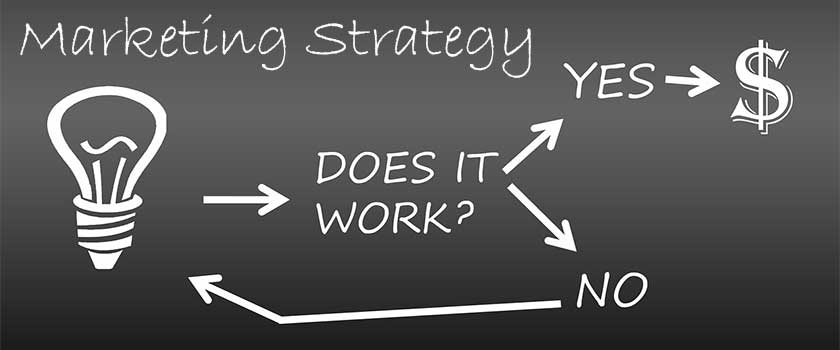Address
38 Eastwood Drive, Suite 401
South Burlington, VT 05403
Work Hours
Monday to Friday | 8AM—5:30PM EST


In 2017, corporate juggernaut Procter & Gamble shocked everyone by announcing it was cutting hundreds of millions of dollars from its digital advertising spend. Instead, P&G chose to invest that money into more traditional forms of advertising, such as television and radio. Reports show that P&G spent 6.7 million dollars on radio advertising in the first half of 2017 alone. This was 6 times more than the first half of 2016. And the trend continued through 2017, with radio ad spending for Q3 increasing 96% over Q2.
It wasn’t long before other corporations began to follow Procter & Gamble’s lead. JPMorgan Chase reduced its digital ad reach by over 98%, focusing more on sports and other live TV events. Unilever has also reduced its digital ad spend by 51%. It is surprising that these cutting-edge companies would forego what has been considered the future of advertising for more “old-fashioned” methods. Why did they do it?
Although digital advertising more prevalent than ever, it also has many risks and pitfalls. And people have taken notice. Not only does the over saturation of digital ads tend to have a negative effect, but bot traffic also produces false advertising results. This makes it difficult for companies to assess campaign effectiveness. Moreover, there have been multiple concerns with fraud, viewability, and brand safety – concerns that have been emphasized by the recent YouTube and Cambridge Analytica scandals.
These issues are what prompted these companies to step back from digital advertising. P&G Chief Brand Officer Mark Pritchard cited digital advertising’s lack of transparency and inability to show clear value, calling it “murky at best, fraudulent at worst.” Unilever CMO Keith Weed has referred to it as the digital swamp, and JPMorgan Chase CMO Kristin Lemkau has called digital advertising metrics “funky.” Because of the challenges of monitoring digital advertising efforts, these companies knew they needed more control over their ads. Refocusing on traditional marketing was their best bet.
Moving away from digital advertising was a big risk for these companies, but did it pay off? The numbers show that cutting digital ad spend did not have a negative effect. In fact, many of the results were quite positive. Even though P&G had reduced its ad spend, concentrating more on traditional advertising helped grow its reach by 10% and reduce its ineffective marketing by 20%.


At the end of 2018, P&G reported its best quarterly sales growth in five years, with beauty products having the best increase at 7%, and other categories seeing gains as well. The trend continued into 2019, with sales rising in the first quarter. In addition, Unilever had 3.8% organic growth in its last quarter. While the jury is still out on the effects of JPMorgan Chase cutting its digital ad spend, the outcome is expected to be just as good.
These statistics are helping companies realize they don’t need to focus as much on digital advertising as previously believed. It’s clear the emphasis should be more on the quality of the ads, rather than the quantity. To get the most from their ad spend, companies need quality metrics and the ability to see which metrics are most important. Traditional advertising provides this information with various tracking tools. Call tracking numbers offer far more accurate data, even with digital advertising. Even companies with smaller budgets get results with traditional marketing. It’s proof that sometimes the “old-fashioned” ways still work the best.